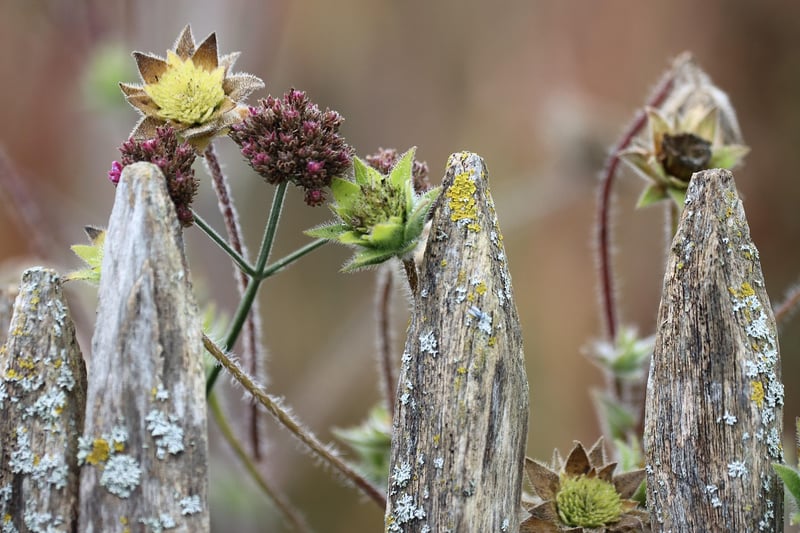Sustainable Green Spaces
Transform Your Garden into a Sanctuary

Creating a sanctuary in your garden is not just about adding plants; it's about designing a space that nourishes your soul and promotes well-being. Here are some tips to transform your garden into a peaceful retreat:
1. Choose the Right Plants
Opt for plants that not only look beautiful but also attract birds, bees, and butterflies. Consider planting native species that require less water and maintenance.
2. Create Cozy Corners
Designate specific areas in your garden for relaxation. Add a comfortable bench, a hammock, or a swing where you can unwind and enjoy the beauty of nature.
3. Add Water Features
The sound of flowing water can have a calming effect. Consider installing a small fountain, a pond, or a water feature to create a tranquil atmosphere.
4. Incorporate Natural Elements
Use natural materials like wood, stone, and bamboo to create a harmonious blend with your surroundings. Consider adding a wooden pergola or stone pathway for a rustic touch.
5. Enhance with Lighting
Extend the usability of your garden sanctuary into the evening by incorporating soft, ambient lighting. Solar-powered lights or fairy lights can add a magical touch to your outdoor space.
Sustainable Green Spaces

Creating sustainable green spaces is not only beneficial for the environment but also for your well-being. Here are some ways to make your garden more sustainable:
1. Water Conservation
Collect rainwater in barrels and use it to water your plants. Install a drip irrigation system to minimize water wastage and ensure that your garden stays hydrated efficiently.
2. Composting
Start a compost pile using kitchen scraps, yard waste, and leaves. Compost enriches the soil, reduces the need for chemical fertilizers, and helps in creating a healthy ecosystem in your garden.
3. Plant Native Species
Native plants are adapted to the local climate and require less water and maintenance. By planting native species, you can create a biodiverse habitat that attracts beneficial insects and wildlife.
4. Sustainable Materials
Opt for sustainable materials like reclaimed wood, recycled plastic, or natural stones for your garden projects. These materials have a lower environmental impact and add a unique charm to your outdoor space.
5. Energy-Efficient Lighting
Use energy-efficient LED lights or solar-powered lighting to illuminate your garden. This not only reduces energy consumption but also adds a subtle glow to your green space.
